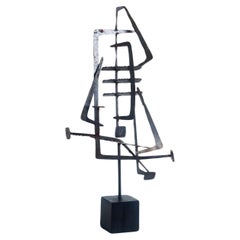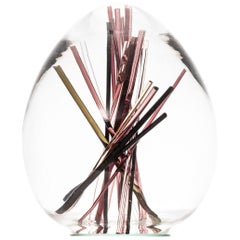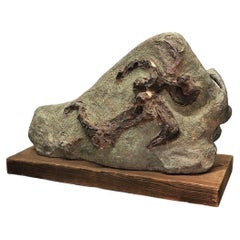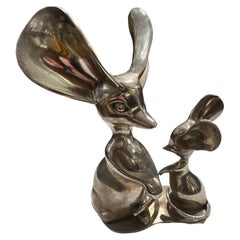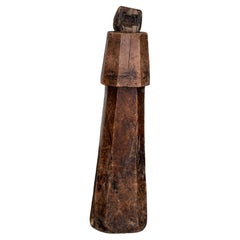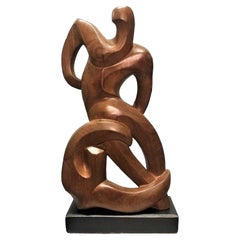Abstract Sculptures
1950s Mid-Century Modern Vintage Abstract Sculptures
Steel
1950s Swedish Scandinavian Modern Vintage Abstract Sculptures
Glass
1950s American Mid-Century Modern Vintage Abstract Sculptures
Terracotta
1950s Austrian Mid-Century Modern Vintage Abstract Sculptures
Metal
18th Century Antique Abstract Sculptures
Wood
1950s American Mid-Century Modern Vintage Abstract Sculptures
Mahogany
1950s Swedish Scandinavian Modern Vintage Abstract Sculptures
Glass
1950s French Mid-Century Modern Vintage Abstract Sculptures
Ceramic
1950s Italian Vintage Abstract Sculptures
Art Glass, Murano Glass
1950s American American Craftsman Vintage Abstract Sculptures
Pine
1950s European Mid-Century Modern Vintage Abstract Sculptures
Terracotta
Mid-18th Century Antique Abstract Sculptures
Stone
1950s Italian Modern Vintage Abstract Sculptures
Ceramic
1950s Vintage Abstract Sculptures
Marble, Metal
1950s Italian Vintage Abstract Sculptures
Aluminum
1950s Italian Mid-Century Modern Vintage Abstract Sculptures
Ceramic
1950s Italian Mid-Century Modern Vintage Abstract Sculptures
Cast Stone, Zinc
1950s Italian Mid-Century Modern Vintage Abstract Sculptures
Murano Glass
1950s Swedish Mid-Century Modern Vintage Abstract Sculptures
Glass
1950s Swedish Scandinavian Modern Vintage Abstract Sculptures
Brass
1950s Swedish Scandinavian Modern Vintage Abstract Sculptures
Glass
1950s French Vintage Abstract Sculptures
Steel
Find Abstract Sculptures and Other Fine Sculptures for Your Home
Abstract sculpture has evolved over time with artists making a variety of striking statements in stone, bronze, ceramic and other materials. In the collection of abstract sculptures on 1stDibs, you are sure to find a piece that is perfect for your space.
When exploring how to arrange furniture and decor, consider color, texture and what kind of energy it should evoke. Abstract sculpture can elevate any home through its many decorative possibilities.
Auguste Rodin is often called the father of modern sculpture for his pioneering naturalistic forms and figures that vividly express emotion. His work in the 19th and early 20th centuries broke with artistic conventions and inspired modernism, leading to a new period of avant-garde abstraction.
Pablo Picasso and Georges Braque were among the first artists to push abstract sculpture into the mainstream. They helped define the Cubism movement, which focused on deconstructing the world abstractly. Other 20th-century artistic movements, including Italian Futurism, Dadaism, Neo-Dadaism, Surrealism, Abstract Expressionism and Minimalism, all contributed to the advancement of abstract sculpture. Italian Futurism, for example, celebrated movement, dynamics and technology in abstract sculpture. These movements continue to inform abstract sculpture today.
With abstract art — sculpture, painting or a grouping of prints — a work can complement a living room, dining room or other space, or it can act as a bold focal point.
Browse a range of modern abstract sculptures, postmodern abstract sculptures and other sculptures on 1stDibs.
